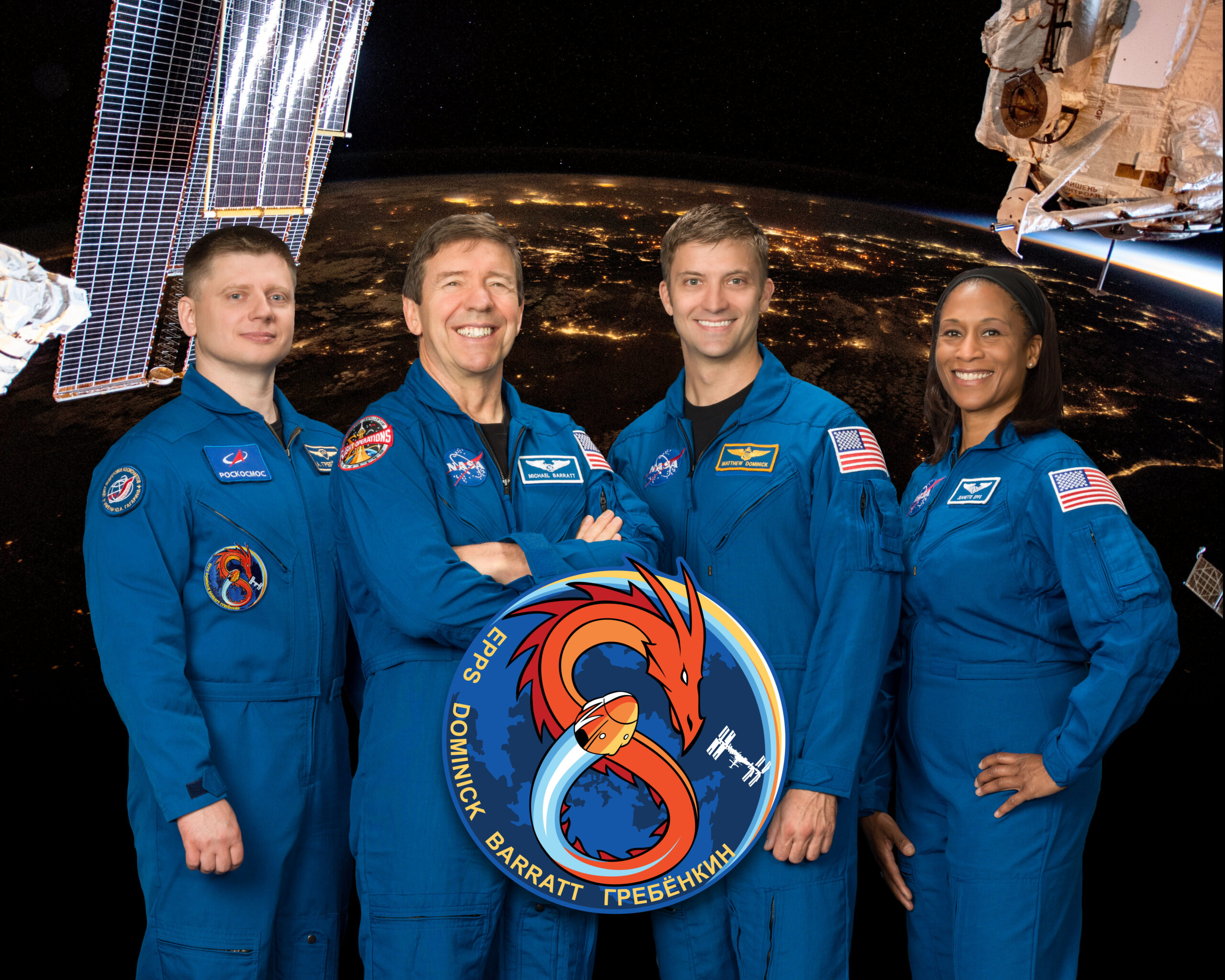
Four spacefarers from the United States and Russia are counting down to their scheduled 12:04 a.m. EST Friday launch to the International Space Station (ISS). Veteran NASA physician and flight surgeon Mike Barratt, U.S. Navy fighter and test pilot Matt Dominick, former CIA technology officer and aerospace engineer Jeanette Epps and Russian Air Force officer and aviation engineer Aleksandr Grebenkin will ride SpaceX’s barrier-breaking Dragon Endeavour atop a first-time-flown Falcon 9 booster out of historic Pad 39A at Florida’s Kennedy Space Center (KSC), aiming for a six-month increment aboard the sprawling orbital complex.
Barratt, who turns 65 in April, is set to become the oldest person in history to embark on a long-duration space station stay. He will also be the third-oldest person—after entrepreneur and real-estate investor Larry Connor, who was 72 when he flew Houston, Texas-based AxiomSpace, Inc.’s Ax-1 mission in April 2022 and airshow pilot and businessman John Shoffner, who rode last year’s Ax-2 at age 67—ever to board the ISS.
Born in Vancouver, Wash., Barratt is a married father-of-five and will be making his third spaceflight on Crew-8. He graduated from high school in Camas, Wash., in 1977, and went on to gain a bachelor’s degree in zoology from the University of Washington in 1981 and a medical doctorate from Northwestern University in 1985.
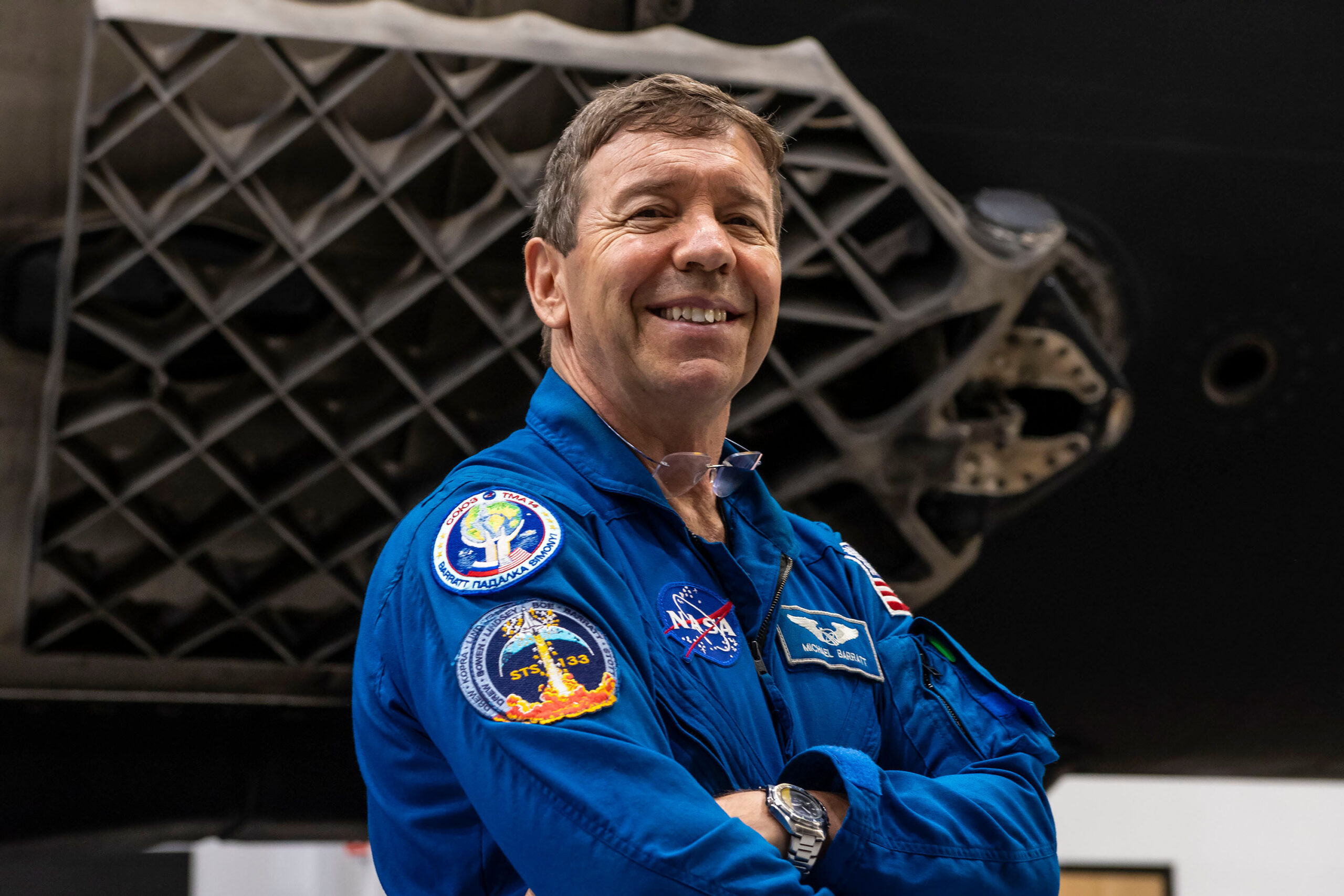
After completing a three-year residency in internal medicine at Northwestern in 1988, Barratt earned a master’s degree in aerospace medicine in 1991. His NASA career began that same year, initially as an aerospace project physician with KRUG Life Sciences, in which he worked on the Health Maintenance Facility Project as manager of the Hyperbaric and Respiratory Subsystems for Space Station Freedom and as an aviation medical examiner in Space Shuttle Medical Operations.
From January 1994, Barratt was a flight surgeon for the shuttle-Mir program, working closely with NASA astronauts Norm Thagard and Bonnie Dunbar as they trained for America’s first long-duration stay aboard the Russian space station. He subsequently served as Medical Operations Lead for the ISS and was selected by NASA as a member of the 18th class of astronaut candidates—nicknamed “The Bugs”—in July 2000.
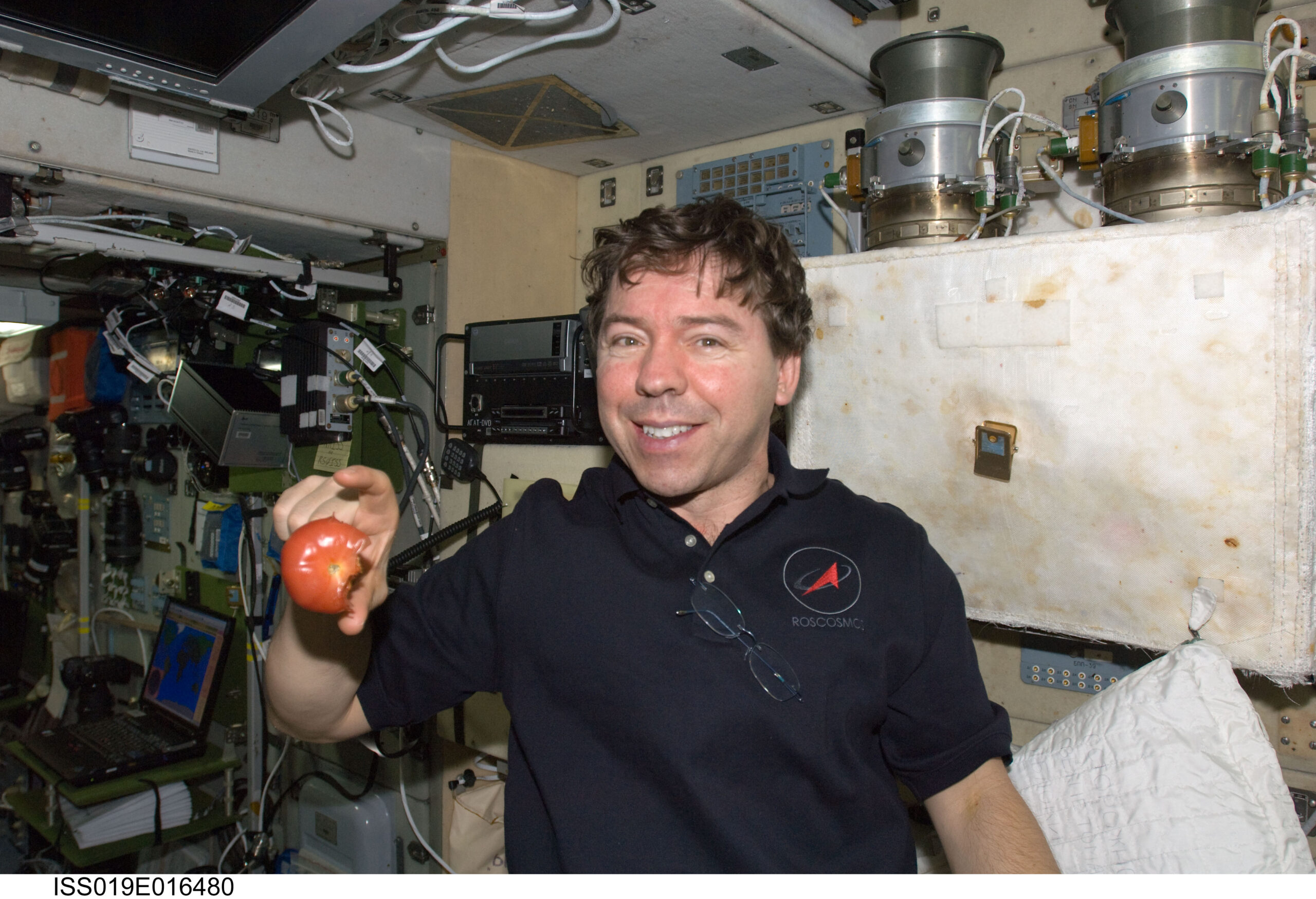
Barratt’s first spaceflight began on 26 March 2009, when he launched from Baikonur Cosmodrome in Kazakhstan aboard Soyuz TMA-14, shoulder-to-shoulder with Russian cosmonaut Gennadi Padalka and U.S./Hungarian space tourist Charles Simonyi. With Simonyi returning to Earth in early April with the outgoing Expedition 18 crew, Padalka and Barratt went on to log 198 days, 16 hours and 42 minutes in orbit, orbiting the Home Planet over 3,100 times, spanning Expeditions 19 and 20 and witnessing the first-time expansion of the ISS permanent crew from three to six members.
During his stay, Barratt logged one session of Extravehicular Activity (EVA) and another of Intravehicular Activity (IVA) in all-new Russian-built Orlan-MK space suits, logging a cumulative five hours and six minutes working outside the station. With Padalka, his first EVA prepared the Zvezda service module for the arrival of the Poisk module later in 2009, while the IVA—performed inside Zvezda’s depressurized transfer compartment—was conducted to replace a docking cone apparatus.
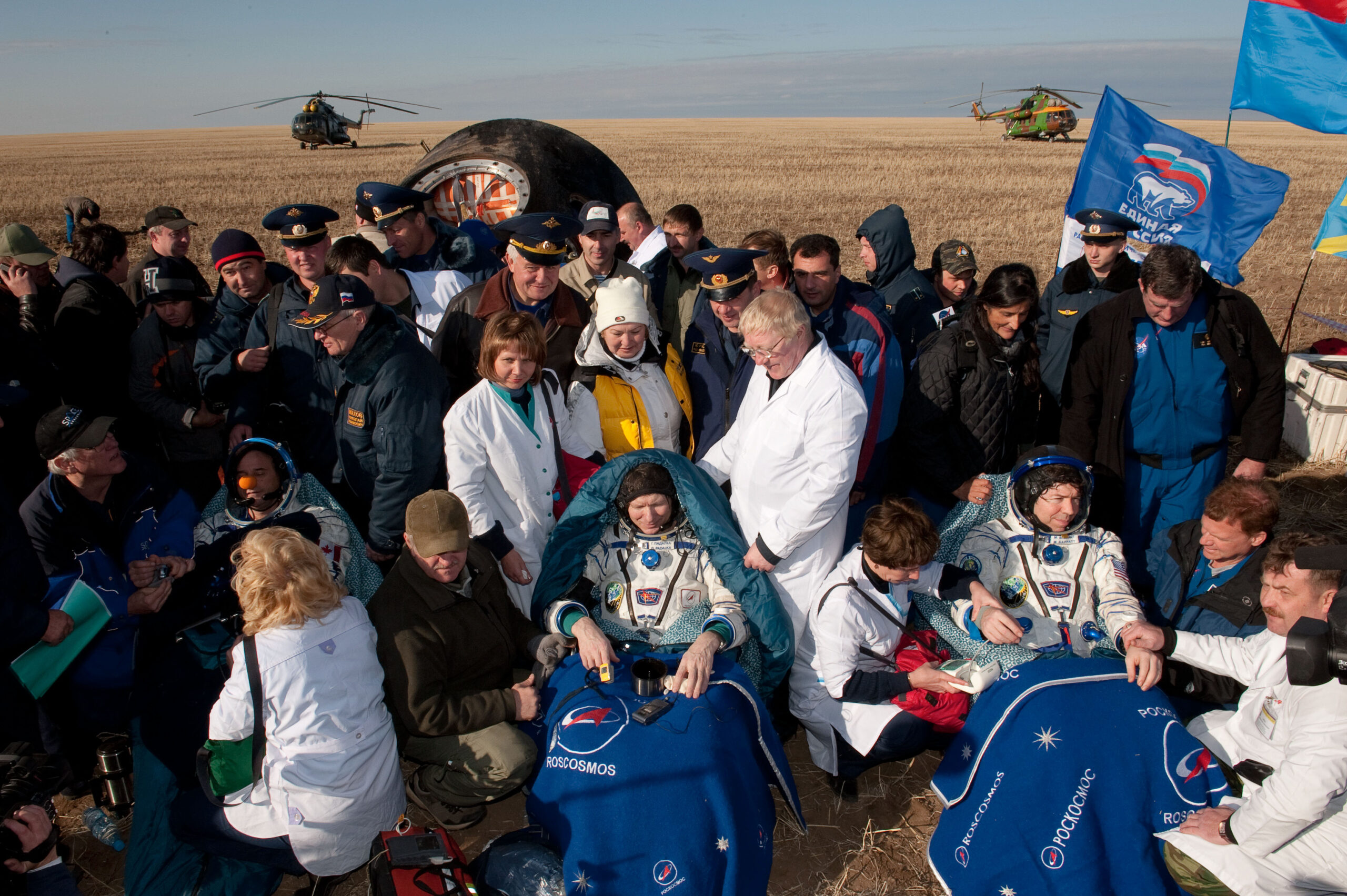
Returning to Earth on 11 October 2009 with Padalka and Canadian space tourist and Cirque du Soleil co-founder Guy Laliberté, Barratt wrapped up his first space mission after six-and-a-half months, the second-longest ISS increment at that time after Expedition 14. But during his final weeks in orbit, Barratt and Expedition 20 crewmate Nicole Stott were assigned to shuttle Discovery’s final flight, STS-133, the first time that U.S. astronauts had been named to another mission whilst in space.
After many delays in the late fall of 2010, STS-133 finally took flight on 24 February 2011 and on the 39th and last mission of her career fleet-leader Discovery spent 12 days, 19 hours and three minutes aloft, circling Earth more than 200 times. Barratt oversaw the robotic installation of the Permanent Multipurpose Module (PMM), “Leonardo”, onto the station and provided intravehicular support for STS-133’s pair of EVAs.
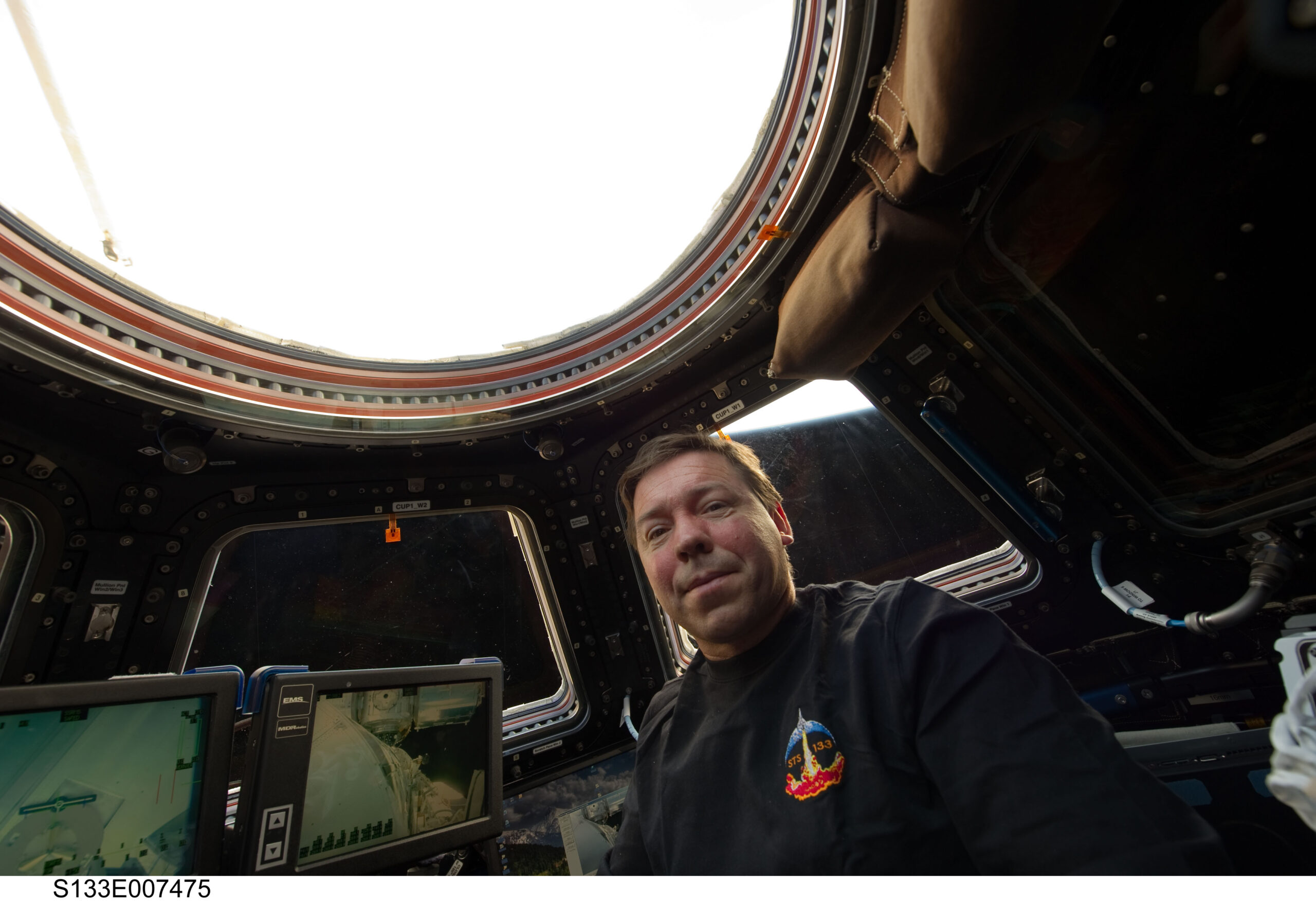
With the completion of his second mission, he accrued 211 days, 11 hours and 46 minutes in space and circled the Home Planet on over 3,300 occasions. Following STS-133, Barratt served as co-deputy chief of the Astronaut Office, managed the Human Research Program (HRP) at NASA’s Johnson Space Center (JSC) in Houston, Texas and served as a “cavenaut” in Sardinia for the European Space Agency’s (ESA) Co-operative Adventure for Valuing and Exercising Human Behaviour and Performance Skills (CAVES).
Barratt will join three first-time space flyers with diverse skills and very different personalities. “When you get assigned to a crew together, that is a forcing function,” he said. “It brings these diverse personalities and thoughts together in a way that absolutely nothing else does.”
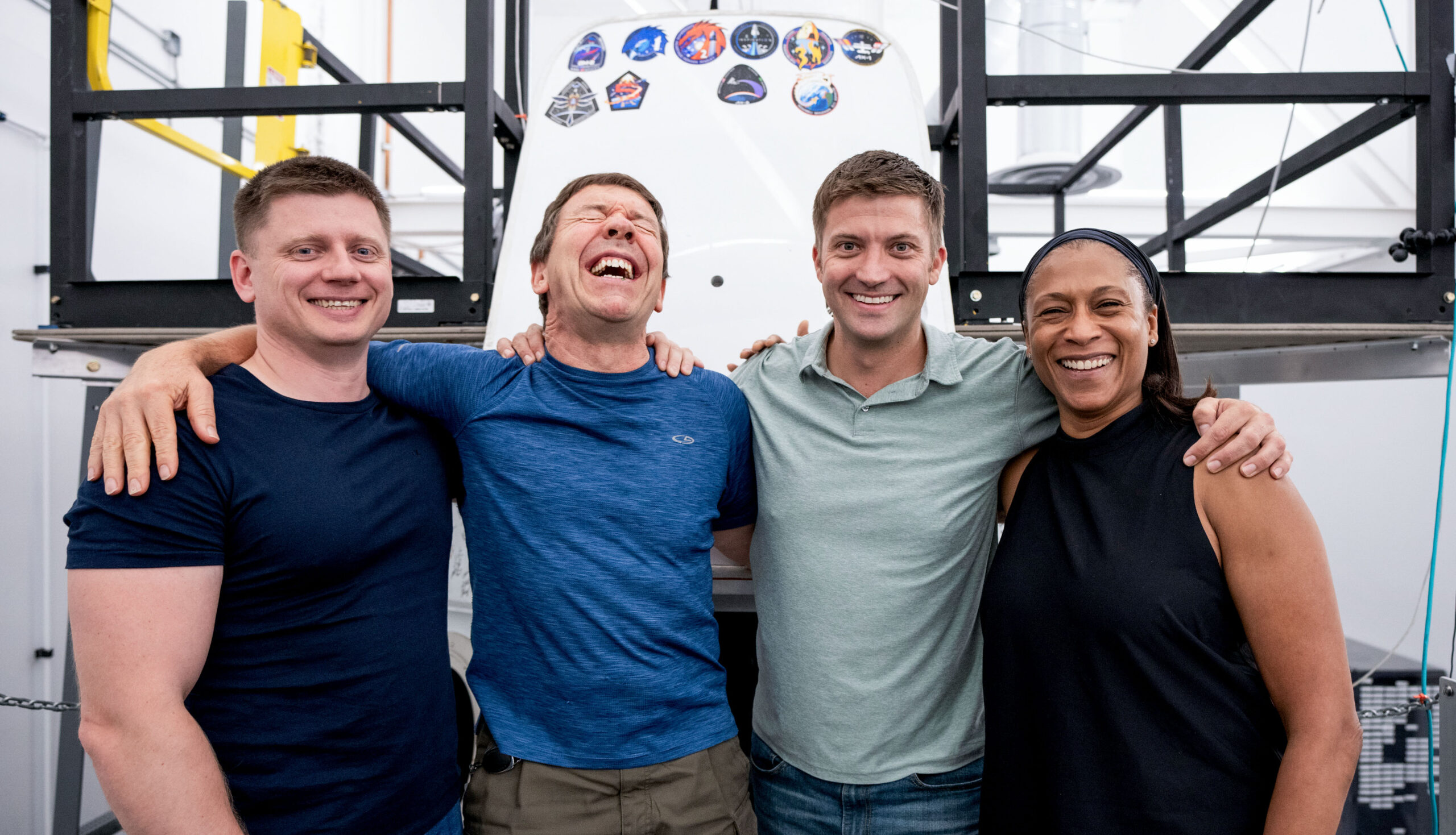
Launching on Friday at age 64, Barratt passes fellow astronaut Tom Marshburn to become the oldest person to fly a long-duration ISS increment. Marshburn was 61 when he flew his last mission to the station in the late fall of 2021.
“The energies involved in getting off the planet and getting to low-Earth orbit…are pretty formidable,” Barratt recently told NASA’s Houston, We Have a Podcast. “You can never take a ride to space lightly. It’s interesting and very exciting actually to fly a next-generaiton spacecraft. I’ve flown the Soyuz and the Space Shuttle and this is totally new, totally different, and I’m really looking forward to riding it.”
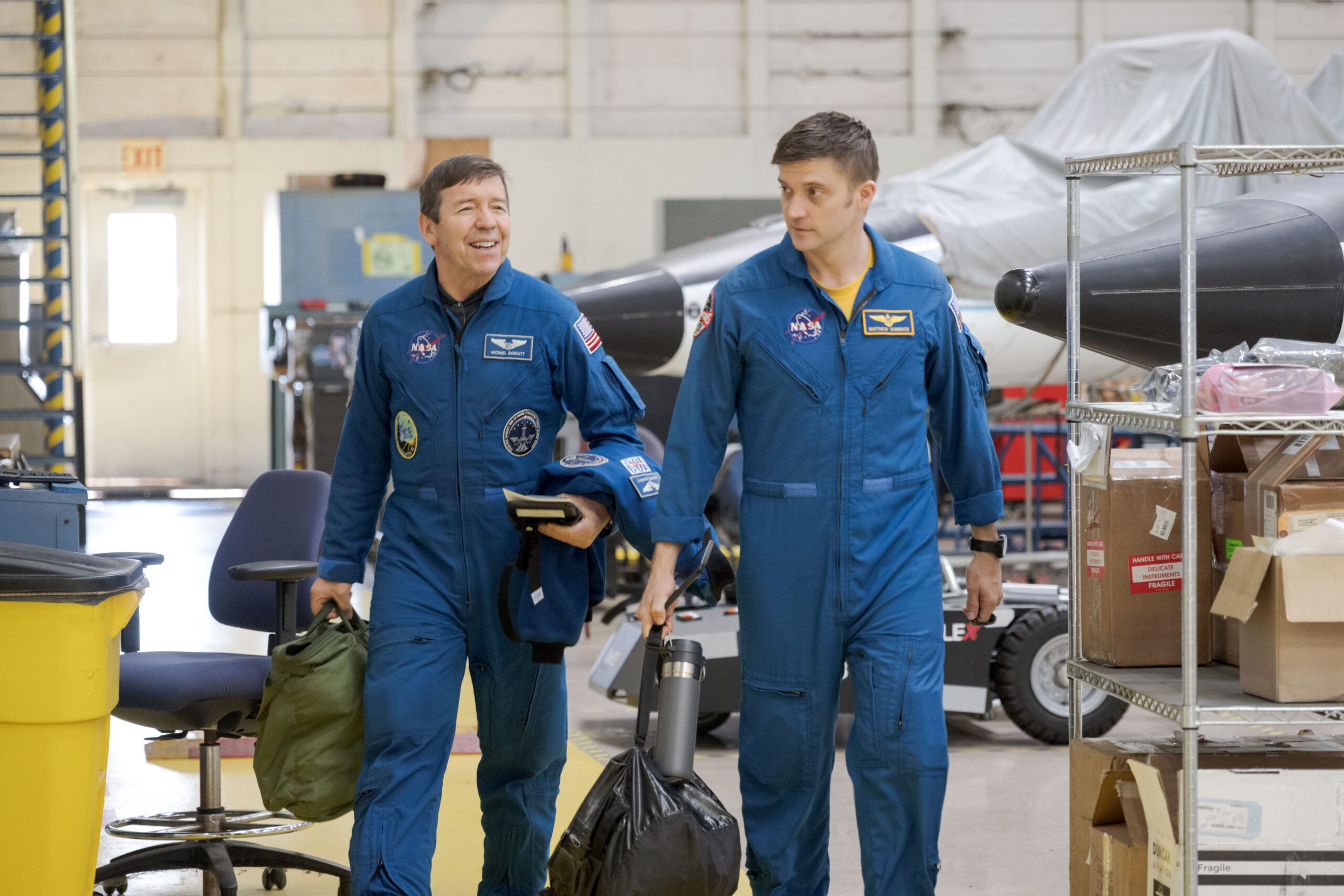
Leading Crew-8 is Matt Dominick, a 42-year-old U.S. Navy Commander and father-of-two who will be making his first spaceflight. Born in Wheat Ridge, Colo., he attended high school in Littleton, Colo., and graduated with a degree in electrical engineering from the University of San Diego via the Navy Reserve Officers Training Corps (ROTC).
“We had not really worked together yet before,” Dominick said of his relationship with Barratt. “We had shared an office at one point. But the value of this office is so many things, but I think on the highest list is the intellectual diversity.
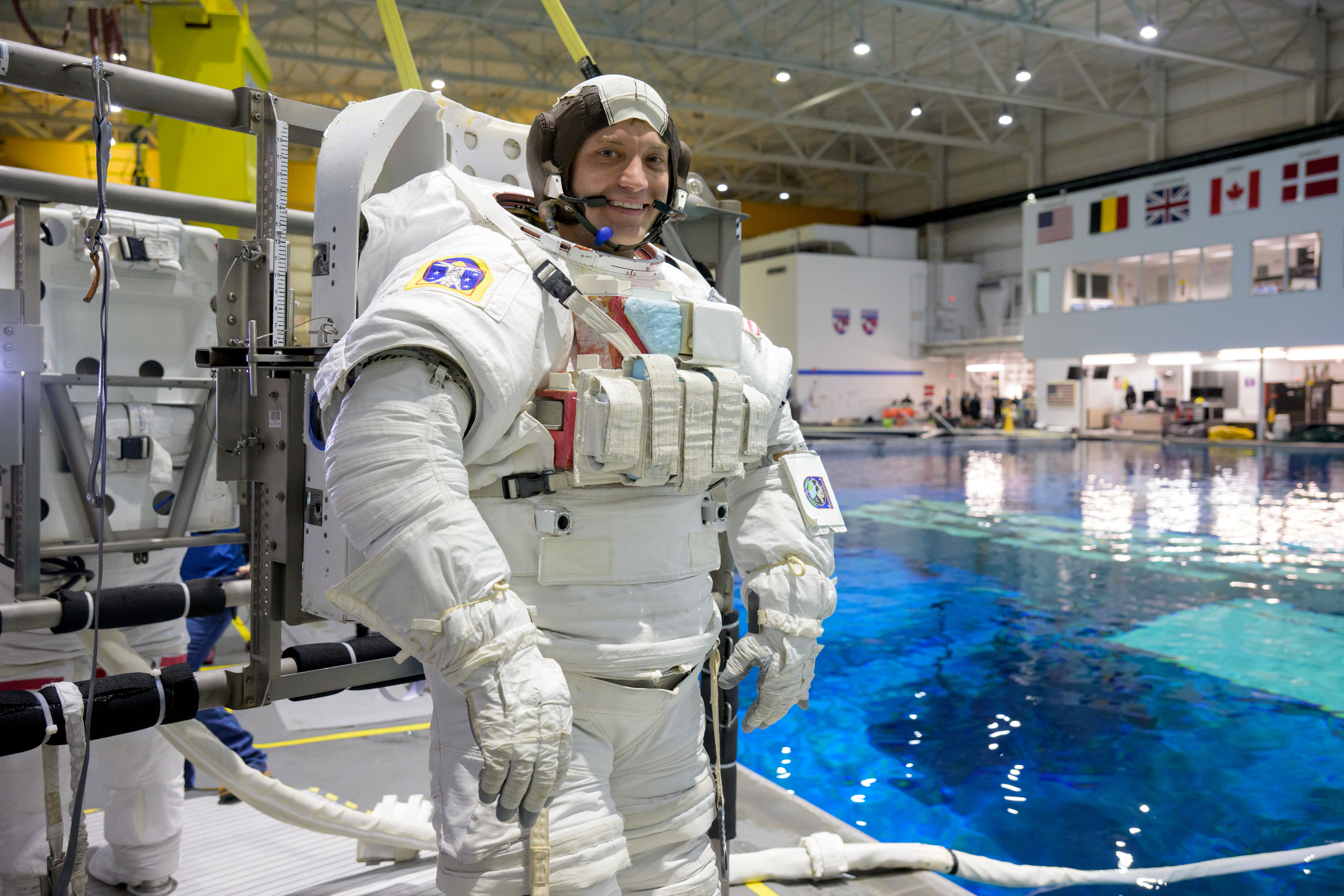
“When you’re faced with tough problems, having a wide breadth of experience from widely different backgrounds, that way you can approach problems in new ways…you’ll have different perspectives,” he added. “And so, working with Mike has been amazing because he has encyclopedic knowledge of human space physiology.”
Dominick entered the Navy upon graduation in 2005 and completed initial flight instruction at Naval Air Station (NAS) Pensacola in Florida, being designated a Naval Aviator in 2007. He completed flight training in the F/A-18 Super Hornet supersonic multi-role fighter at NAS Oceana in Virginia Beach, Va., and was subsequently assigned to Strike Fighter Squadron-143—the “Pukin’ Dogs”—to complete a pair of deployments in support of Operation Enduring Freedom in Afghanistan.
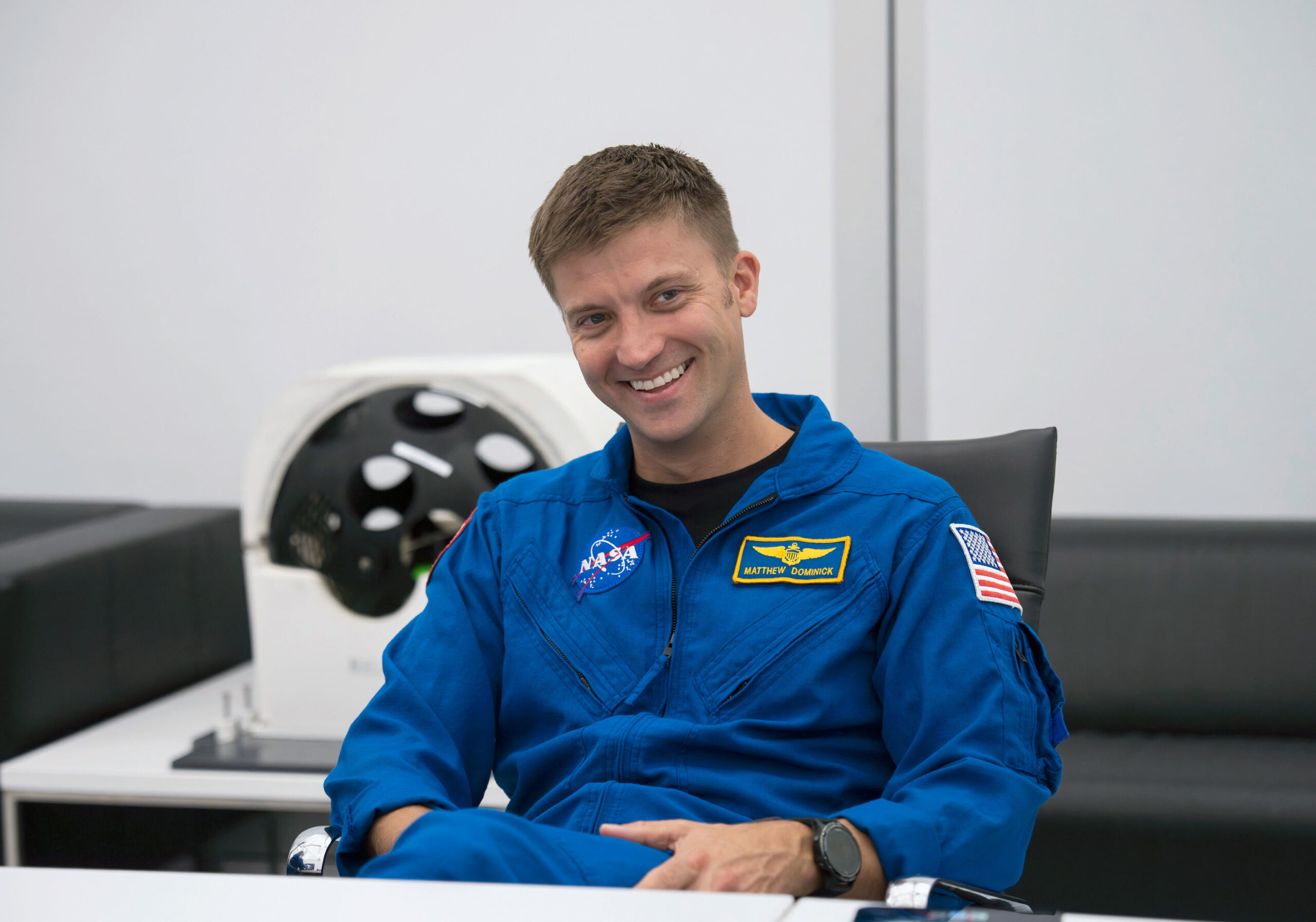
Upon his return from deployment, Dominick entered a Naval Test Pilot School (TPS) and Naval Postgraduate School (NPS) collaborative program, which saw him emerge as a certified Navy Test Pilot and gain a master’s degree in systems engineering. As a test pilot, he worked on various programs, including MAGIC CARPET, Joint Precision Approach and Landing Systems and Infrared Search and Track Pod, as well as contributing to the development of the X-47B Unmanned Combat Aerial Vehicle (UCAV), the V-22 Osprey tilt-rotor aircraft, the E-2C Hawkeye Airborne Early Warning (EAW) aircraft and the F-35C Lightning II stealth combat fighter.
“He is aggressive,” Barratt said of Dominick’s tenacity, “and absolutely fueled, hyper-fueled, by curiosity.”
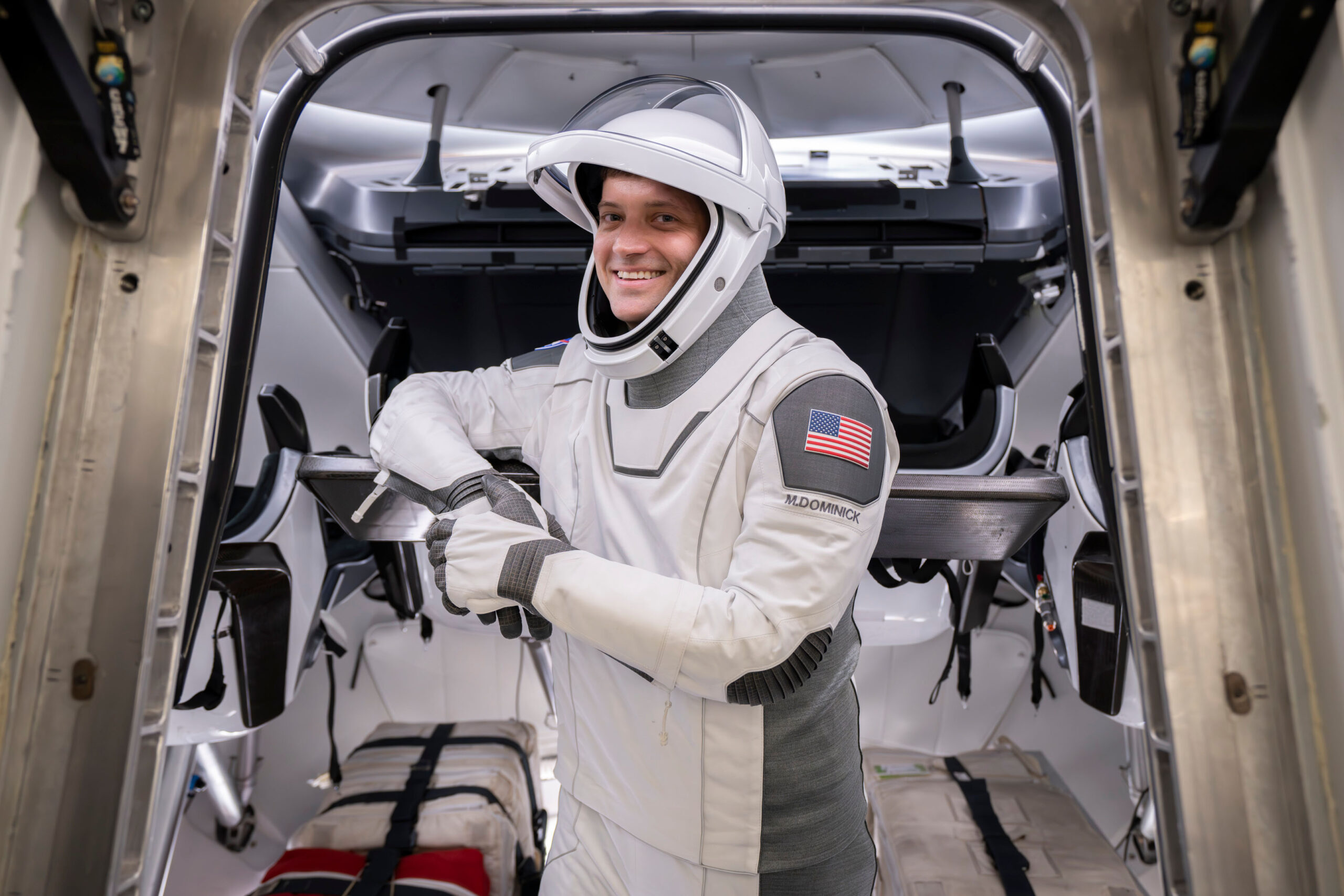
Selected by NASA in June 2017, Dominick joined the agency’s 22nd group of astronaut candidates, nicknamed “the Turtles”. He remembers receiving the phone call from the Chief Astronaut and sitting on the edge of the bathtub in his bathroom to let the news sink in. Then came the realization: “Oh boy, wow, this is really happening. Here we go!”
Dominick becomes the third member of his class—after Crew-3’s Raja Chari and Crew-7’s Jasmin Moghbeli—to draw a command position on the very first spaceflight of his career. “The first time you go do something, you aren’t as efficient at preparing for it,” he said. “So you have to prepare for everything, which is exciting for me, ’cause I just get to go down rabbit hole after rabbit hole and sometimes it’s just awesome!”
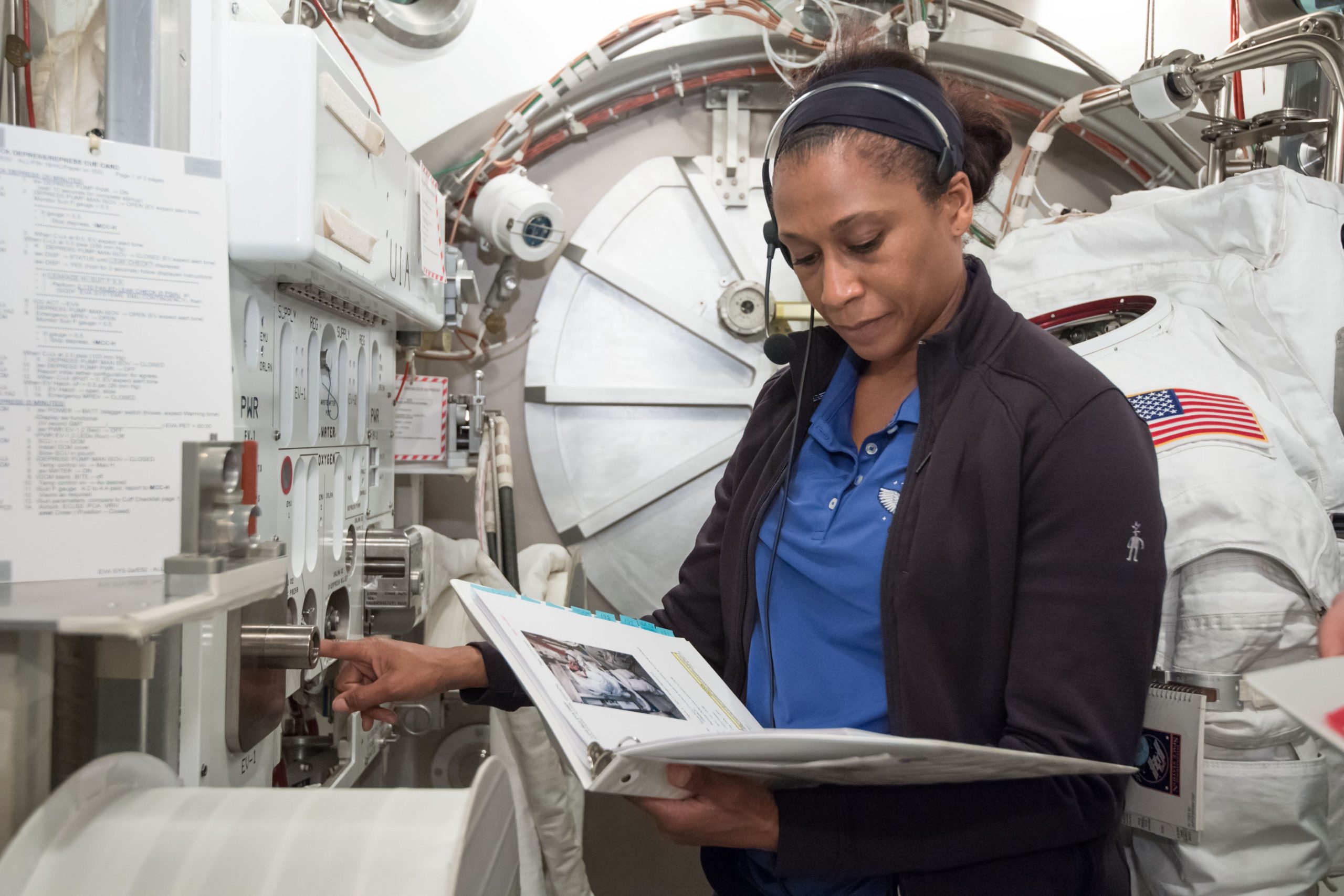
Fifty-three-year-old Jeanette Epps becomes the last U.S. member of NASA’s June 2009 astronaut intake (nicknamed “the Chumps”) to reach orbit. Born in Syracuse, N.Y., she completed high school in her local area and earned a bachelor’s degree in physics from Le Moyne College in 1992, followed by a doctorate in aerospace engineering from the University of Maryland in 2000.
“Jeanette is probably the epitome of grittiness and determination,” Barratt said of Epps. “She’s a very strong woman and she sees things differently than I do and differently than Matt does. She is what I would call human glue. She really seeks out the humanity in every person that she comes in contact with.”
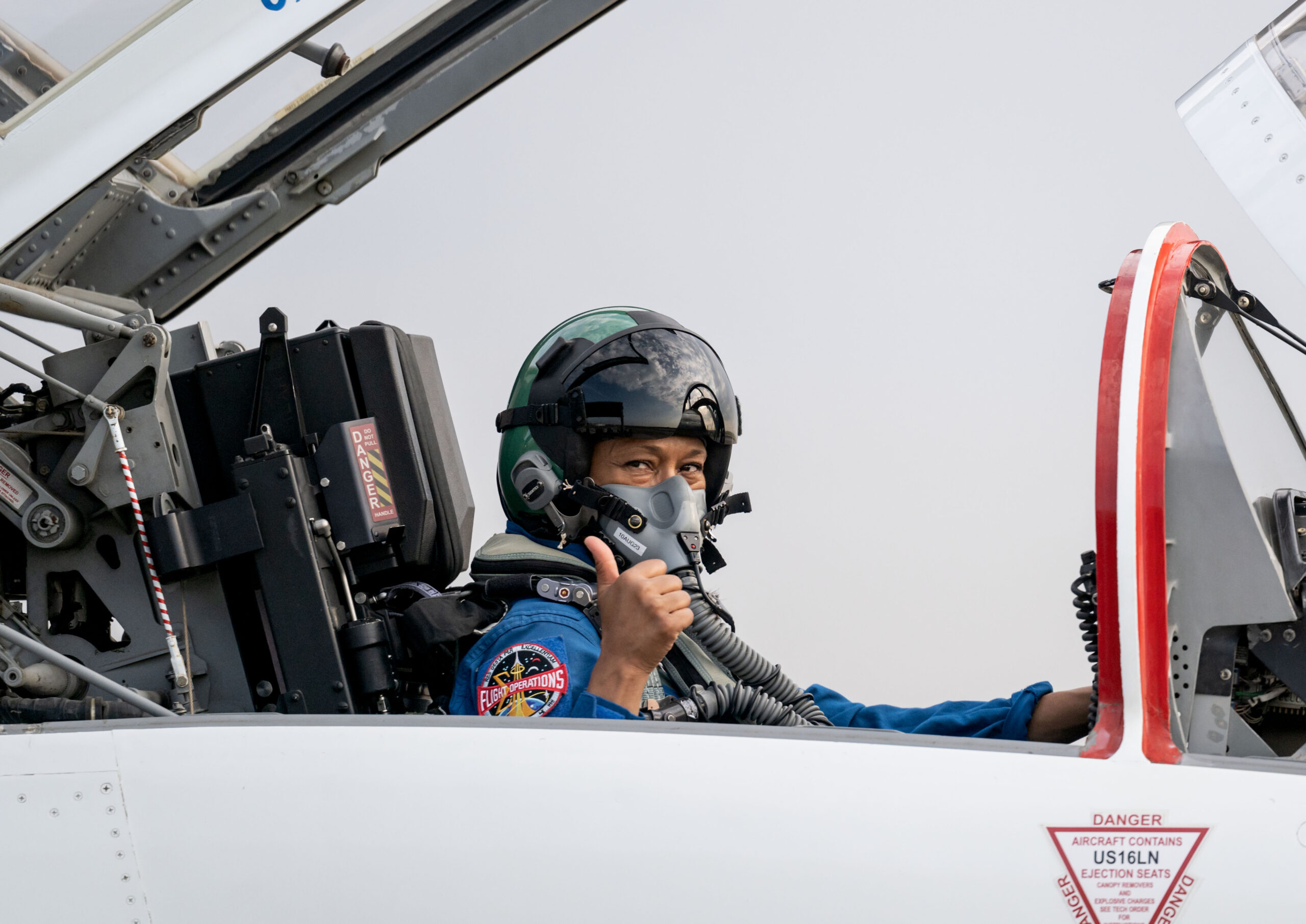
Epps conducted research at Ford Motor Company and served as a CIA Technical Intelligence Officer, work which resulted in a provisional patent involving the application of magnetostrictive actuators to reduce vibrations in suspension control arms and saw her deploy to Iraq. After selection by NASA and completion of Astronaut Candidate Training in 2011, Epps was assigned in January 2017 to fly a six-month ISS increment spanning Expeditions 56 and 57 beginning in June 2018, which would have made her the first-ever African-American long-duration space traveler.
But in January 2018, Epps was abruptly pulled from her mission for undisclosed reasons. She later served in the Astronaut Office’s Mission Support Crew Branch, with responsibilities covering Exploration, the Orion Crew Module (CM) and other issues, before being reassigned in September 2020 to Starliner-1, Boeing’s first Post-Certification Mission (PCM) to the space station. But as Starliner’s Crew Flight Test (CFT) slipped further to the right, so too did Starliner-1 and in August of last year Epps—having also cross-trained to fly SpaceX’s Crew Dragon—was reassigned again to fly on Crew-8.
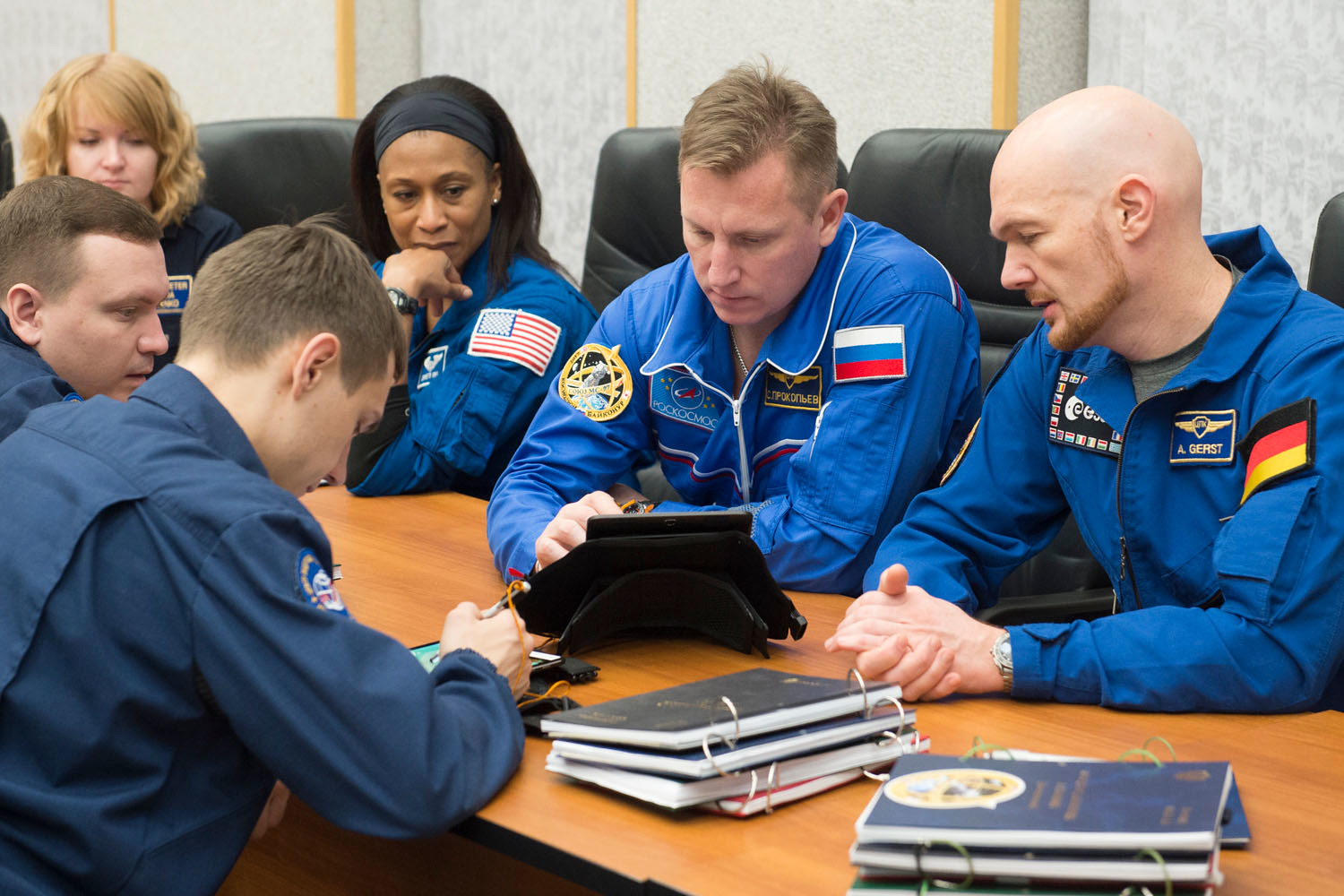
Rounding out Crew-8 is cosmonaut Aleksandr “Sasha” Grebenkin, a 41-year-old married father-of-three who is set to become the fourth Russian crew member to fly aboard a U.S. commercial vehicle. Born in the town of Myski in southwestern Siberia, he remembers first feeling the desire to become a cosmonaut prior to entering elementary school.
“Maybe I was six years old,” Grebenkin recalled. “Of course, now, in hindsight, I realize this, but I do distinctly remember. And my mom also tells me that I cam up to her and I said “Mama, I want to be a cosmonaut.” So that’s the story.”
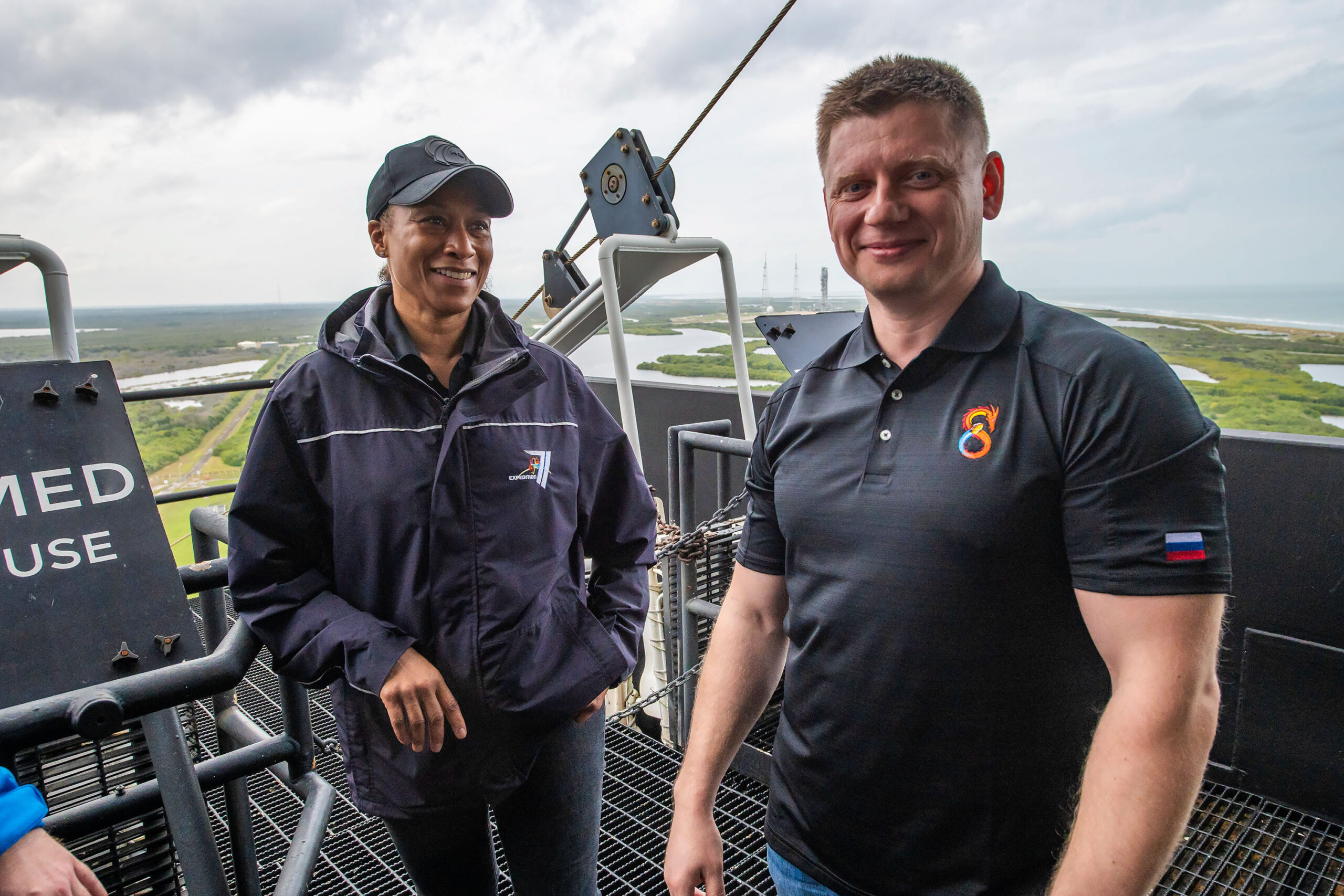
Grebenkin earned a technical diploma in radio electronics from Irkutsk Military Aerospace Engineering Institute in 2002, before entering active duty with the Russian Air Force. “Sasha is about Matt’s age…and probably has a similar rabid curiosity,” said Barratt. “Almost…a world-class athlete, bodybuilder. There is physically probably nothing he can’t do, but he’s also very warm and friendly, a man of infinitely grew humor.”
Grebenkin—nicknamed “the Hulk” by Epps—served at Kubinka Airbase, to the west of Moscow and occupied several roles at gradually increasing levels of responsibility: initially as an aircraft readiness technician, he was later an avionics engineer for the Swifts aerobatic team and head of the regulations and repair group of a military unit. Reaching the Russian Air Force rank of Major in 2011, Grebenkin was selected into the Cosmonaut Corps in August 2018 and achieved certification as a Test Cosmonaut in November 2020.
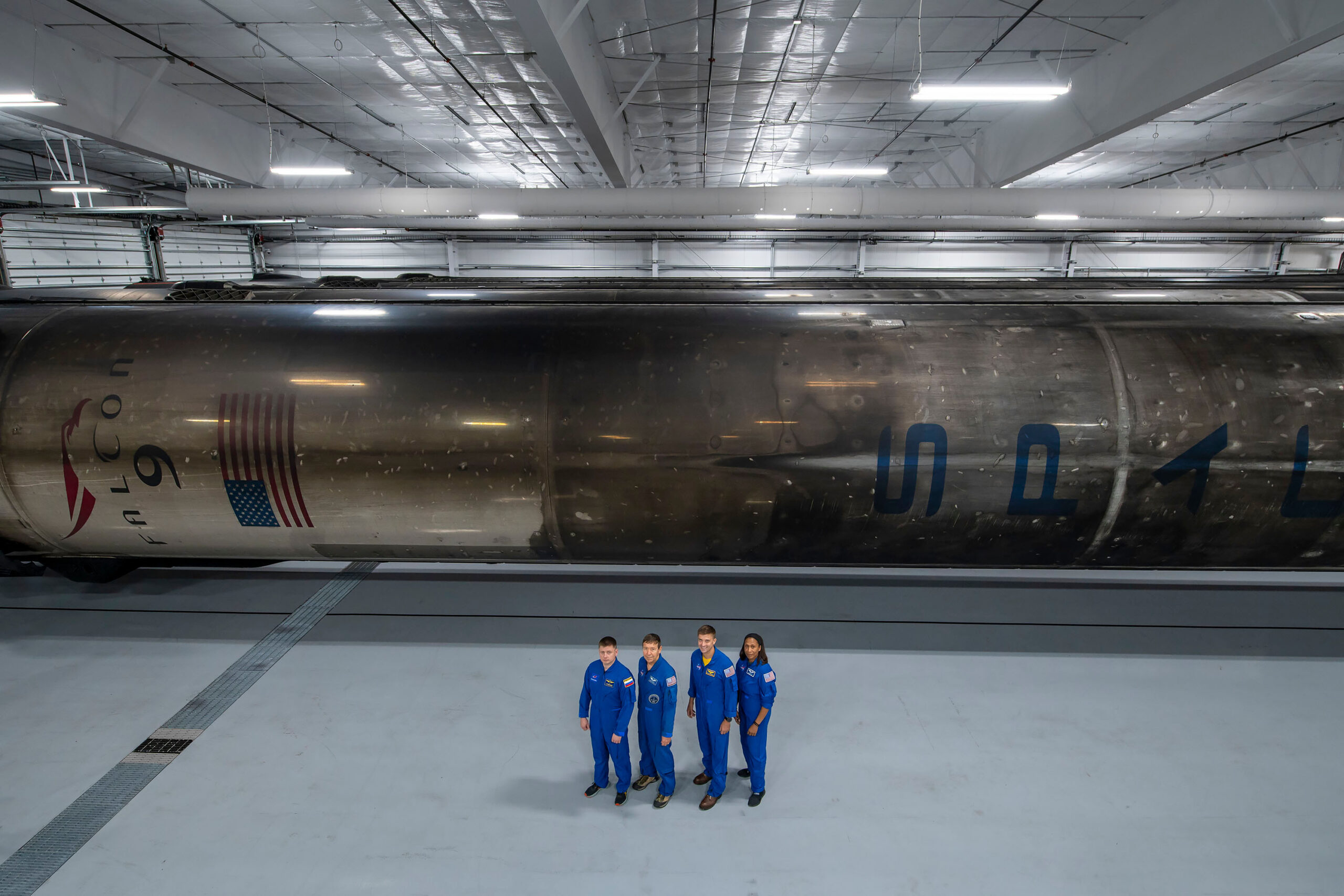
With Grebenkin’s bodybuilder-like physique earning him the moniker of Hulk from the rest of the crew, they decided to adopt Marvel comic-character names for themselves. “And so, Matt we named Hawkeye, because he does look a little bit like Jeremy Renner, right?” said Epps. “And then Mike being the doctor…he’s got to be Dr. Strange.”
And for Epps herself? “I guess I kind of took on the name myself as Scarlett Johansson’s character, the Black Window,” said Epps. “I’m not a spy, but she worked for one of those places, kind of like I did.”




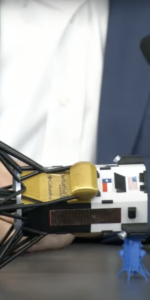
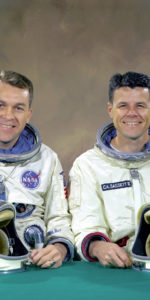
13 Comments
Leave a Reply13 Pings & Trackbacks
Pingback:Crew-8 Heads for Space Station, Kicks Off Busy March for SpaceX - AmericaSpace
Pingback:Crew-8 Heads for Space Station, Kicks Off Busy March for SpaceX - SPACERFIT
Pingback:SpaceX Launches Transporter-10, Aims for Next Launch Under Two Hours Later - AmericaSpace
Pingback:SpaceX Launches Record-Setting Falcon Missions, Under Two Hours Apart - SPACERFIT
Pingback:SpaceX Launches Transporter-10, Aims for Next Launch Under Two Hours Later - SPACERFIT
Pingback:Crew-7 Prepares for Monday Space Station Departure, Tuesday Splashdown - SPACERFIT
Pingback:SpaceX Targets Three Back-to-Back Falcon 9 Launches Tonight - AmericaSpace
Pingback:NASA’s Loral O’Hara to End 204-Day Mission, Return to Earth Tomorrow Night - AmericaSpace
Pingback:After Delta IV Heavy’s Swansong, Cape Roars to Accelerated Falcon 9 Launch Cadence - AmericaSpace
Pingback:As CFT Starliner Stands Down Until NET 17 May, SpaceX Prepares for Wednesday Launch Double-Header - AmericaSpace
Pingback:SpaceX Targets Thursday Evening for Week’s Second Falcon 9 Launch - AmericaSpace
Pingback:Ride, Sally Ride: Remembering the Legacy of America’s First Woman in Space, OTD in 1983 - AmericaSpace
Pingback:Falcon 9 Suffers Anomaly, Breaking 325-Flight String of Successes - SPACERFIT